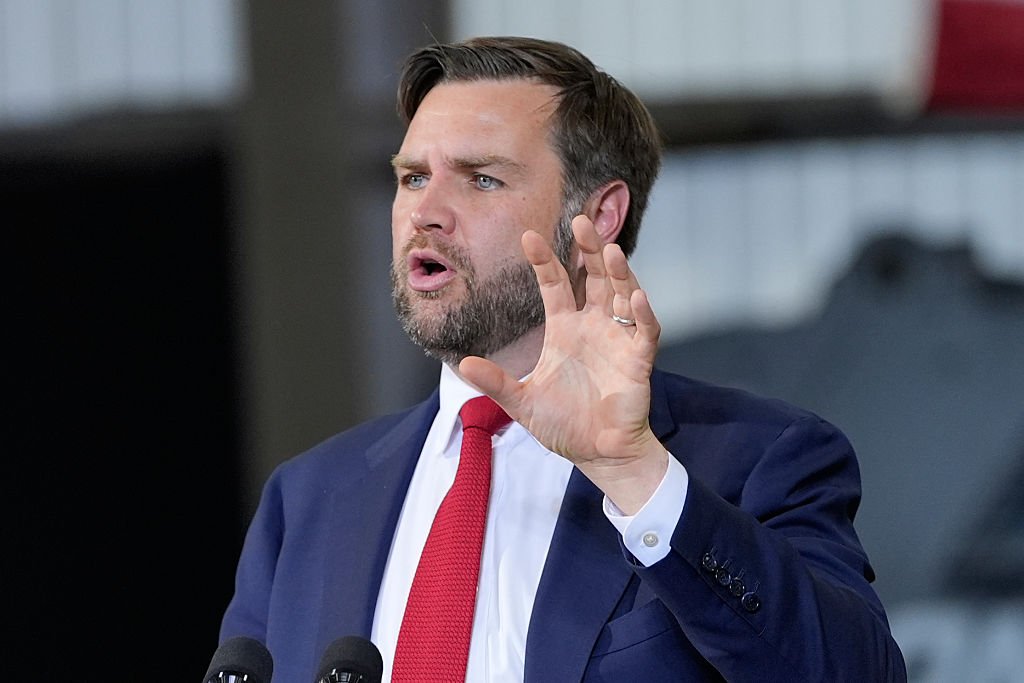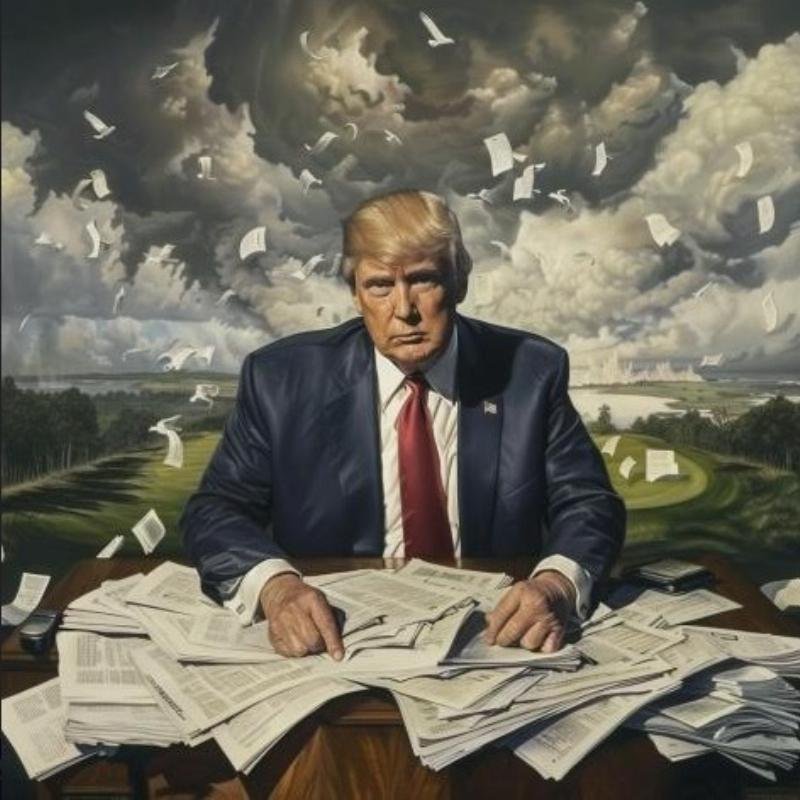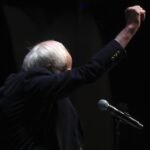Now Reading: Health care subsidies face waste and fraud issues
-
01
Health care subsidies face waste and fraud issues
Health care subsidies face waste and fraud issues

Article Summary
As the shutdown commenced on October 1 following a failed Senate funding measure, both parties remained steadfast in their positions, with mutual blame regarding the deadlock. Vance suggested that while some moderate Democrats were open to negotiation, more progressive members were obstructing potential agreements. He characterized their stance as “hostage taking,” refusing to yield without fully meeting their demands.
Senate Majority Leader Chuck Schumer countered these assertions, emphasizing that the Democratic stance on health care subsidies was flexible. He warned that not extending the subsidies could lead to higher premiums, framing the Republican refusal to negotiate as damaging to the health care of millions. Schumer asserted that the Democratic party stands with the American public and is committed to resolving the situation.
Tensions escalated as announcements regarding federal employee layoffs began surfacing, supported by a confirmation from a senior Trump administration official. The White House Office of Management and Budget indicated that approximately 4,100 layoffs had already occurred across various agencies, with more cuts anticipated as the shutdown prolonged. Vance cautioned that the cuts would be significant and painful, emphasizing that the administration had begun laying off federal employees prior to the current shutdown in an effort to streamline operations.
The situation illustrates a larger political struggle over health care funding and government operation, reflecting broader partisan divisions. Both sides are locked in a contentious battle, highlighting the challenges of reaching a compromise while dealing with immediate implications for federal employees and the American public reliant on health care subsidies.













